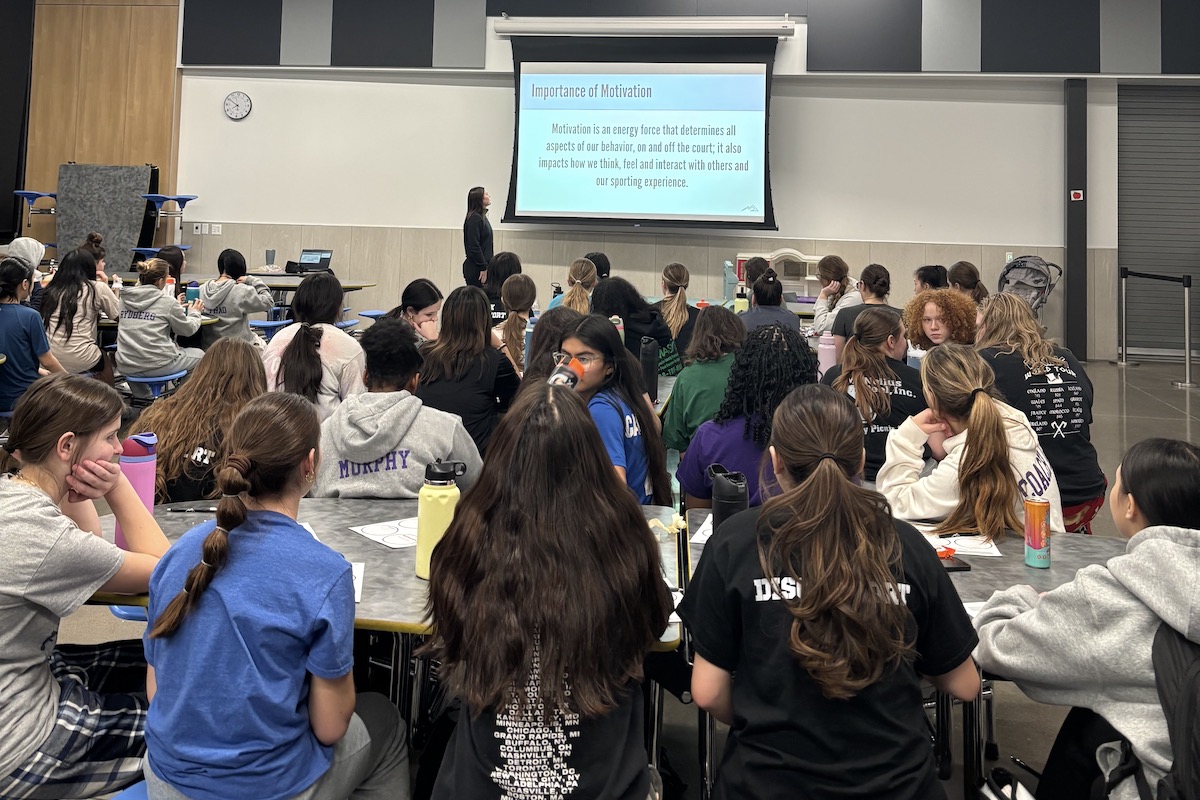Whether you’re looking to establish a new beach club or optimize an existing one, it’s important to spend time creating a budget and forecasting your revenue and expenses. These insights offer valuable comparisons and targets to help achieve a 20% EBITDA while maintaining operational efficiency. EBITDA, short for earnings before interest, taxes, depreciation, and amortization, is an alternate measure of profitability to net income. It’s used to assess a club’s profitability and financial performance.
Here’s a guide to attainable financial targets and benchmarks for your program, utilizing budget and forecast templates from various beach volleyball programs—ranging from 2 to 12 court facilities, short to extended season formats, and drop-in to full tuition-based models.
View a sample budget summary for a beach volleyball club.
Revenue Breakdown
- Club Tuition (56.36%):
Main source of income from athlete membership fees covering training and practice sessions. - Tournament Revenue (23.64%):
Income from hosting or participating in tournaments; includes registration fees and event fees. - Camps/Clinics (10.91%):
Revenue from specialized skill camps or clinics offered during off-seasons or as add-ons. - League Revenue (4.36%):
Income from participating or organizing leagues; additional streams through league memberships. - Merchandise (3.09%):
Sales from branded apparel and equipment; contributes to overall profitability. - Court Rentals (1.64%):
Revenue generated from renting out club-owned or leased courts to other teams or groups.
Expense Breakdown
Controllable Costs
- Labor (42.55%):
– Salaried Coaches (21.82%): Fixed cost for full-time coaches and administrative staff.
– Hourly Practice Coaches (16.36%): Payment for part-time coaches based on practice hours.
– Travel Tourney Costs (2.18%): Travel expenses for coaches or teams attending tournaments.
– Local Tournament Wages (1.09%): Compensation for staff involved in local events.
– Development (0.73%): Professional development for staff, including certifications or training.
– Court Maintenance (0.36%): Costs for upkeep of sand and equipment on practice courts. - Travel (6.09%):
– Hotel (3.64%): Lodging expenses for out-of-town tournaments or events.
– Flights (1.18%): Airfare costs for long-distance travel.
– Transportation (0.73%): Costs for rental vehicles or transport services.
– Food & Beverage (0.55%): Meals and catering for staff and athletes during travel. - Miscellaneous (12.09%):
– Uniforms (4.73%): Costs for athlete and staff uniforms.
– College Coaches (2.91%): Fees for guest coaches or recruitment events.
– Merchandise (1.82%): Production costs for branded apparel sold.
– Prizes/Medals (1.18%): Costs for awards or prizes at tournaments.
– Equipment (0.73%): Purchasing and maintaining volleyball equipment.
– Marketing (0.73%): Advertising and promotional activities to attract new members.
Fixed Costs
- Rent/Permits (14.55%):
Facility rent and permits needed for operating the courts and hosting events. - Merchant Fees (2.91%):
Fees associated with payment processing for club tuition and merchandise sales. - Operating System Fees (1.82%):
Software costs for managing operations, scheduling, and communication.
Total Costs and EBITDA
Total Costs: $220,000 (80% of total revenue)
Target EBITDA: $55,000 (20% of total revenue)
To calculate a company’s EBITDA margin, divide the EBITDA by the total revenue and multiply by 100. By calculating your Target EBITDA you can use it as a financial metric to assess your club’s operational profitability by focusing on the income generated from core operations before accounting for non-operating expenses like interest and taxes, as well as non-cash items like depreciation and amortization. A 20% EBITDA is a realistic target that can also help you achieve operational efficiency and profitability.
About the Author
TJ Staples is the JVA Beach Coordinator, and brings over 20 years of extensive experience as a player in both beach and indoor volleyball, coupled with 16 years of coaching expertise. As a Coach and Director, TJ has helped over 55 athletes secure Division 1 Beach Volleyball scholarships to some of the nation’s most prestigious universities, including UCLA, USC, TCU, Arizona, Texas, Stanford, and more. During his time as a Coach and Club Director he has led teams to over 20 Open Level National Championships across AVP, BVCA, P1440, and USAV. TJ’s club was named the Best Beach Club in the Nation for three consecutive years (2021, 2022, and 2023) and in 2023, his program made history as the first Club to earn medals in every age group at a single BVCA National Event.











